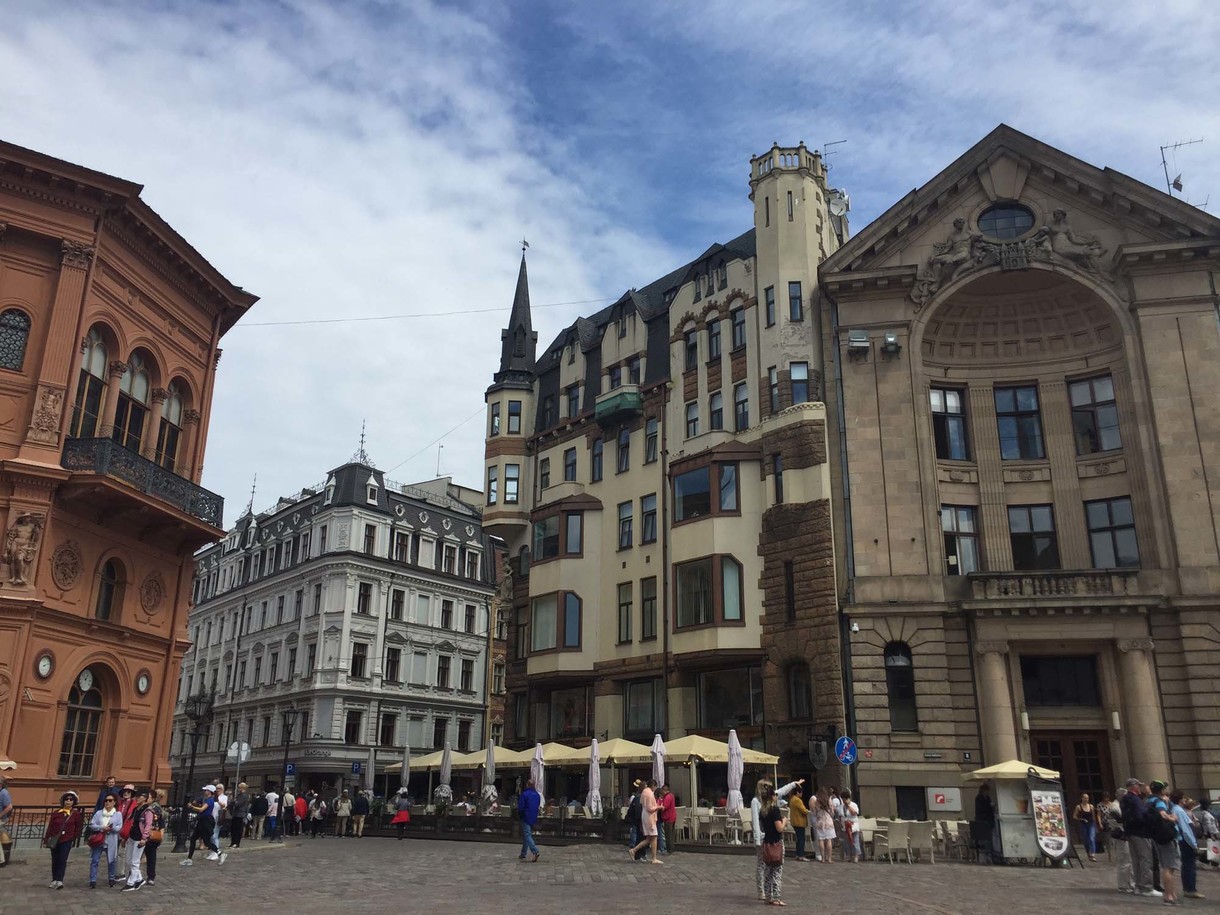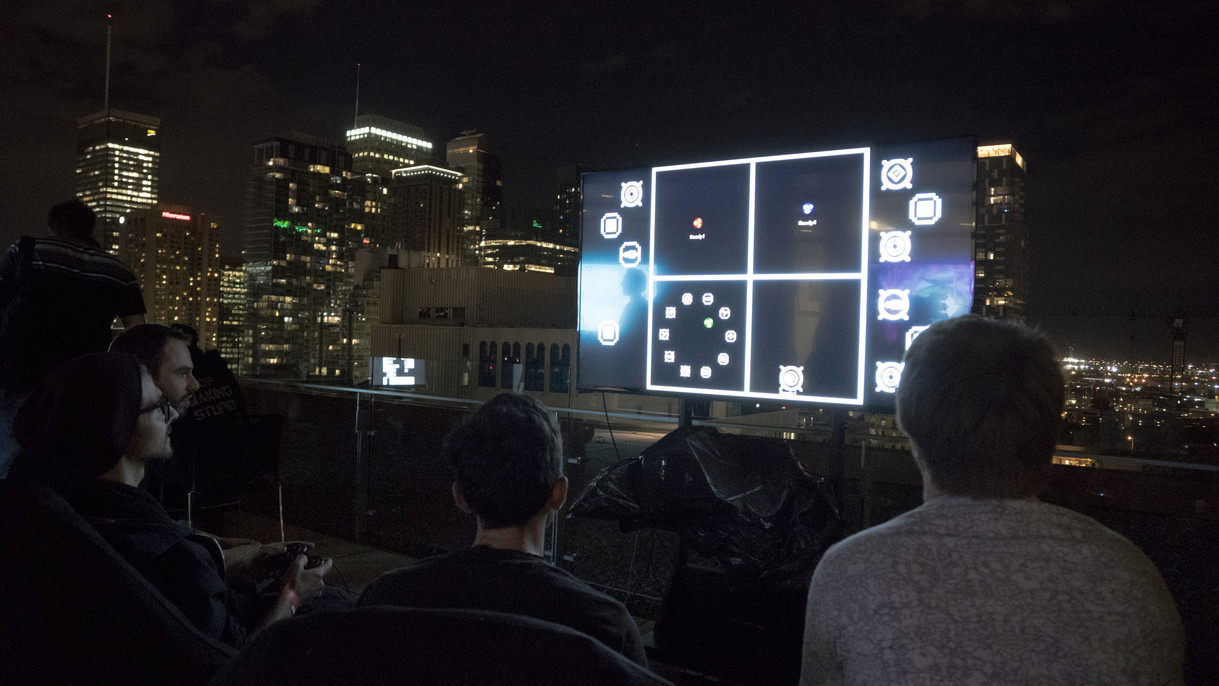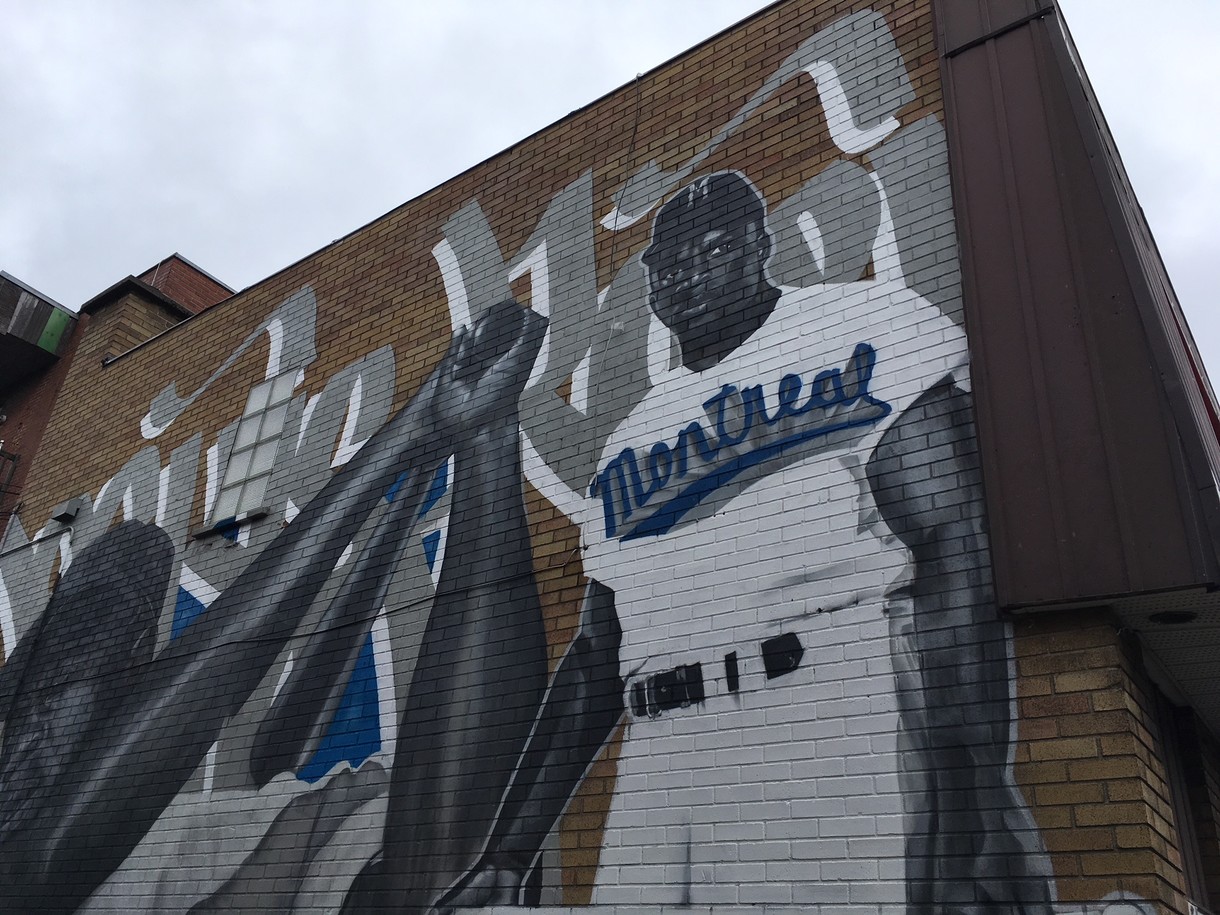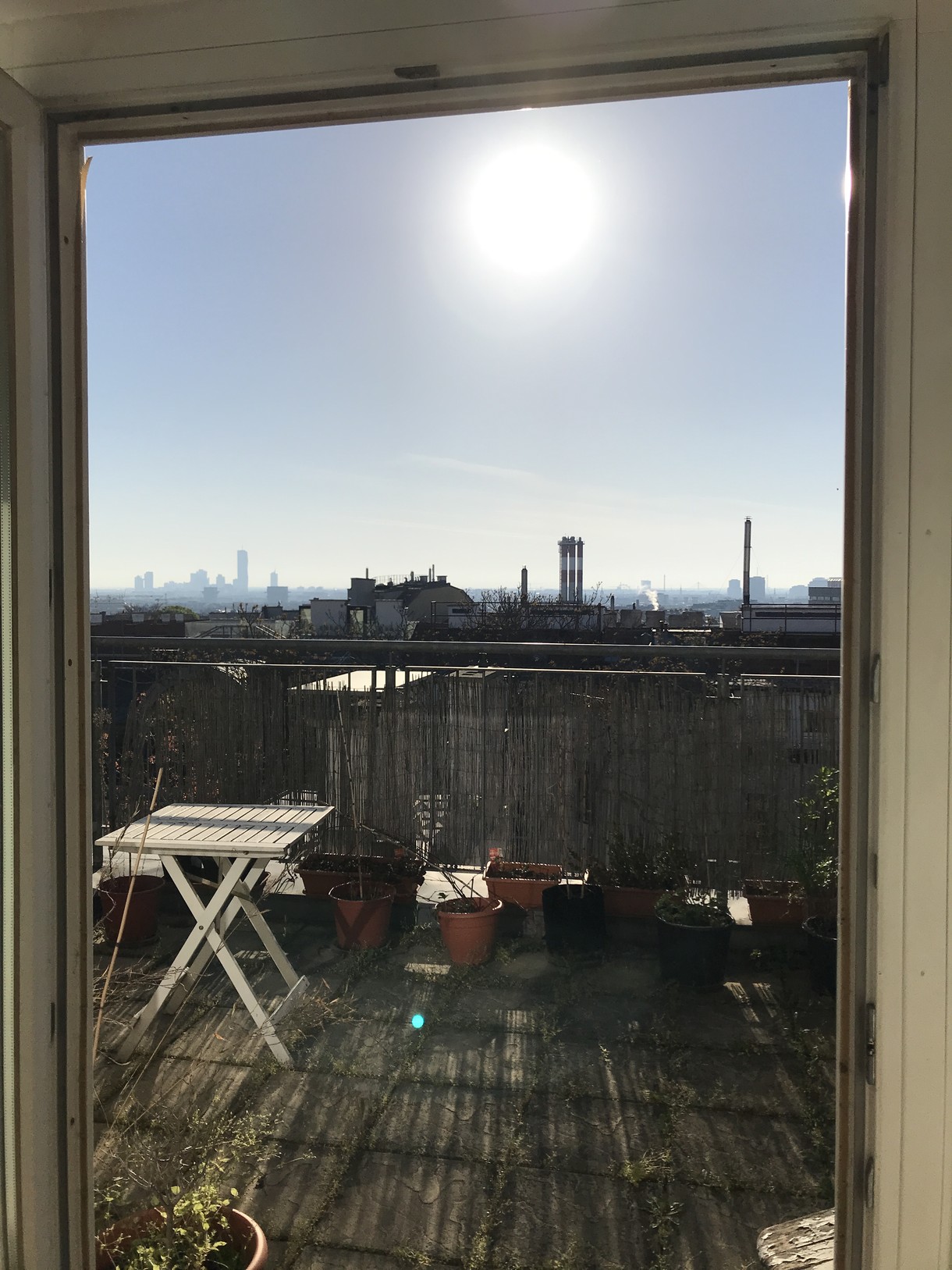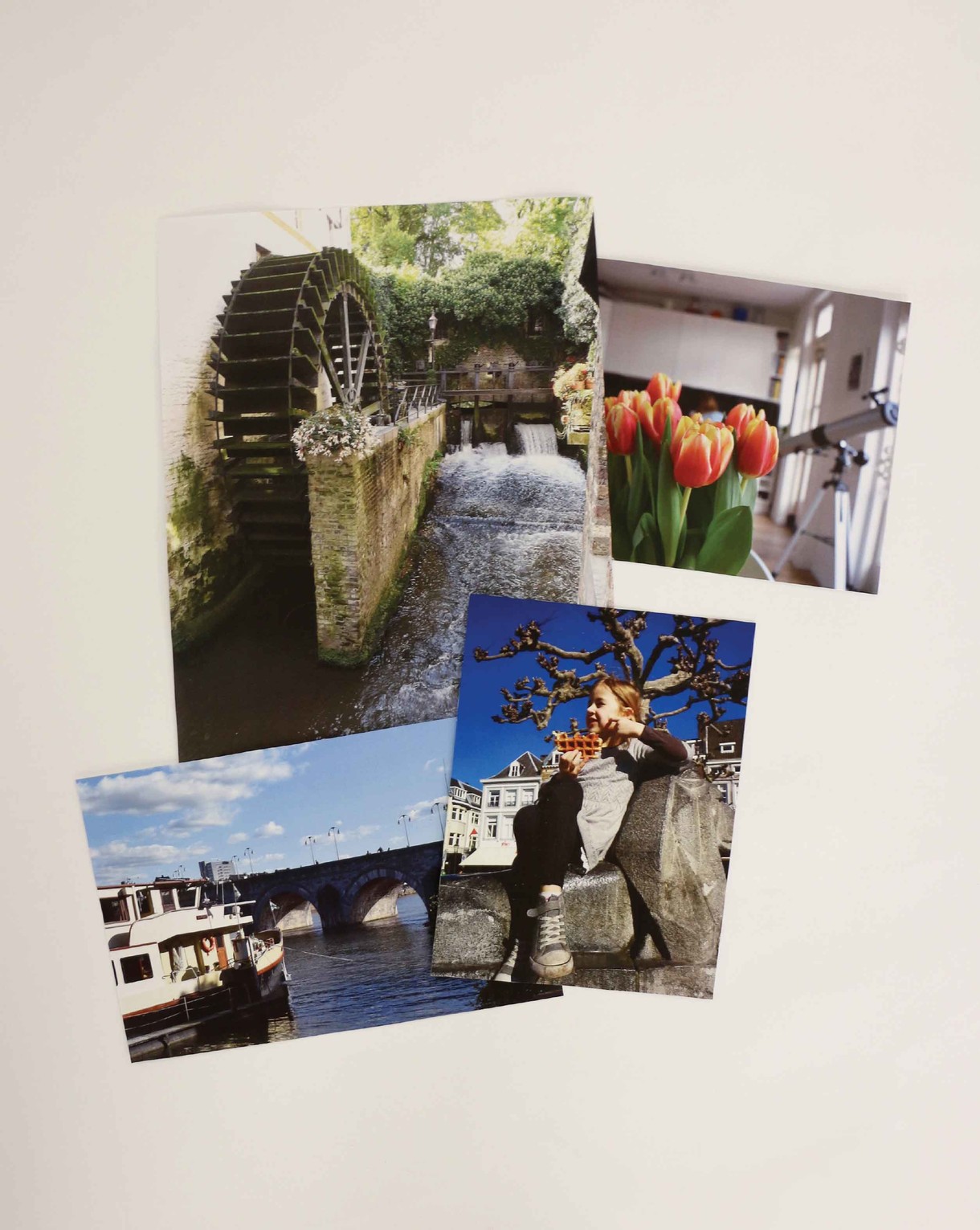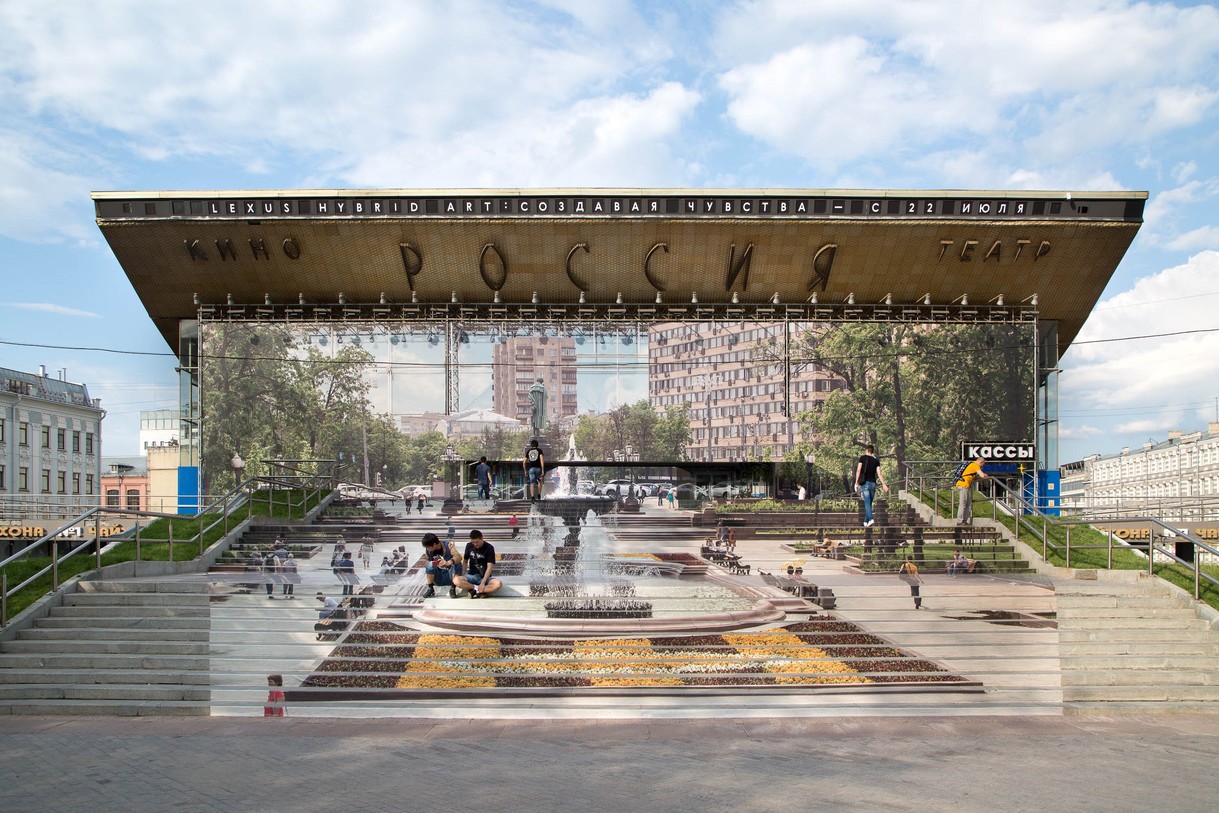Lisa Densem, Berlin, Germany

Lisa Densem. Photo: Vlad Dinu
When I came to Berlin in 1999 to work with the dance company Sasha Waltz and Guests, I never imagined I would still be here twenty years later. Originally I thought one or two years at the most, but here I am. These days I work as a freelancer and breathwork teacher, and continue to tour, occasionally, with the piece I created with Sasha in 1999. Körper, or Bodies in English, became a well-known piece within the contemporary dance world and has never stopped touring (mostly with its original cast). It’s a strange experience, but also a privilege, to continue inhabiting a role twenty years after it was made.
Looking back, it’s not surprising that I should have come to Berlin when I did. What felt like a private, individual decision at the time looks almost inevitable in hindsight. The fall of the Berlin Wall and the landscape of empty buildings (which could be squatted in or rented for very little money) that this opened up, combined with Germany’s generous art subsidies, created unprecedented possibilities in Berlin.
As a result, the 1990s saw a huge surge of young people moving to the city. For dance in particular, the opening up of so much free space was significant, and choreographers like Sasha were able to develop their work in a way that was not possible anywhere else at the time. Sasha’s first projects were made in beautiful, crumbling squatted buildings, and the Sophiensaele – the theatre that she and her husband Jochen founded in an old banquet hall – was virtually rent-free in the mid-nineties.
Berlin is a very different city in 2019. The number of start-ups moving here is definitely putting pressure on the old slogan ‘broke but sexy’, made famous by Berlin’s (and Germany’s) first openly gay mayor, Klaus Wowereit. That ‘Berlin is over’ is a weary refrain, both true and untrue. But for dance and performance, it’s still an incredibly exciting city, especially for someone like me who wants to think about dance differently and inhabit the fine line between dance and not-dance.
So much of what is possible here in Berlin is difficult to do in New Zealand, which is due to a combination of New Zealand’s small audiences and its lack of access to European-like funding and performing opportunities. For example, in September, over the space of a few weeks, I was involved in the filming of a new project by the artist Julian Rosefeldt; toured to Romania with ‘Extinction Room’; was involved in an installation project by the choreographer Sergiu Matis; went back in Berlin to teach for a week; and then travelled again to a festival in Portland with Sasha. It’s the residencies, festivals, performance circuits and numerous venues that keep the artform here in Berlin so alive.








